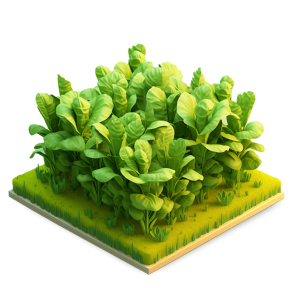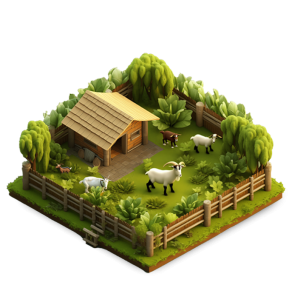SecureFood’s Four Case Studies
At the heart of the SecureFood project lies a set of four dynamic case studies that serve as co- creation hubs, designed to demonstrate, test, validate, and refine the project’s solutions. These proposed solutions include the project’s frameworks, models and digital tools across different food supply chains, regions, and levels of disruption. In essence, these case studies form the cornerstone of the project’s co-development approach, bringing together technical partners and stakeholders to ensure that the solutions developed are practical, impactful, and aligned with both the real-world needs and challenges faced by end users.
Each case study, as listed below, focuses on a specific food supply chain and distinct geographic context, providing a representative cross-section of the broader European food system. From grain production affected by the war in Ukraine to the handling of perishable fruits in Portugal, each case study will guide the development of the SecureFood solutions, including among others digital twins, early warning systems, resilience modelling, and observatory dashboards.
In the following paragraphs, we outline each individual case study and their unique role in the SecureFood project.
Grain – Ukraine
Ukraine’s grain sector has become a critical focal point for global food security, particularly in the wake of the ongoing war with Russia. This case study examines the structural shocks affecting Ukraine’s grain sector, including disrupted production and export routes through Black Sea ports, the resulting pressure on grain prices, and the lack of real-time visibility into grain stocks. Through collaboration with Ukrainian institutions and producers, transport operators, industry stakeholders, and consumers, SecureFood will apply its ecosystem to analyse potential disruptions, test crisis response tools, and explore resilient alternatives for grain transport.


Fruits & Vegetables – Portugal
This case study focuses on the fruits and vegetables supply chain in Portugal that face growing risks due to climate variability, food loss and waste management challenges, as well as the spread of pests and diseases. Working with major food retailers, industry associations, and consumers, SecureFood will analyse vulnerabilities across the production, distribution, and consumption stages to support the development of sustainable interventions. The goal is to create scalable frameworks, models and tools for enhancing resilience and food availability that can operate effectively even in times of crisis.
Fish & Aquaculture – Greece and Belgium
With seafood among the world’s most traded food commodities, maintaining traceability and supply chain efficiency is crucial. This case study examines the challenges facing the fish and aquaculture sectors in Greece and Belgium, including marine pollution, climate-driven disruptions to marine ecosystems, and the complexities of cold-chain logistics. SecureFood’s solutions will enhance the monitoring of environmental and operational drivers, strengthen traceability, and the provision of actionable insights to support both short- and long-term resilience, while also reinforcing strategic decision-making across the sector.


Milk & Dairy – Greece and Finland
The fourth and final SecureFood case study examines milk and dairy value chain in two contrasting climate regions: northern Greece and Finland. Given their sensitivity to temperature, handling, and timing, this supply chain is especially susceptible to disruption. SecureFood will assess both logistical and environmental risks, support real-world monitoring, and test the application of its solutions to areas such as resilience management and food loss and waste reduction. The outcome will be improved, among others, crisis preparedness and continuity for dairy producers and suppliers operating under variable conditions.
